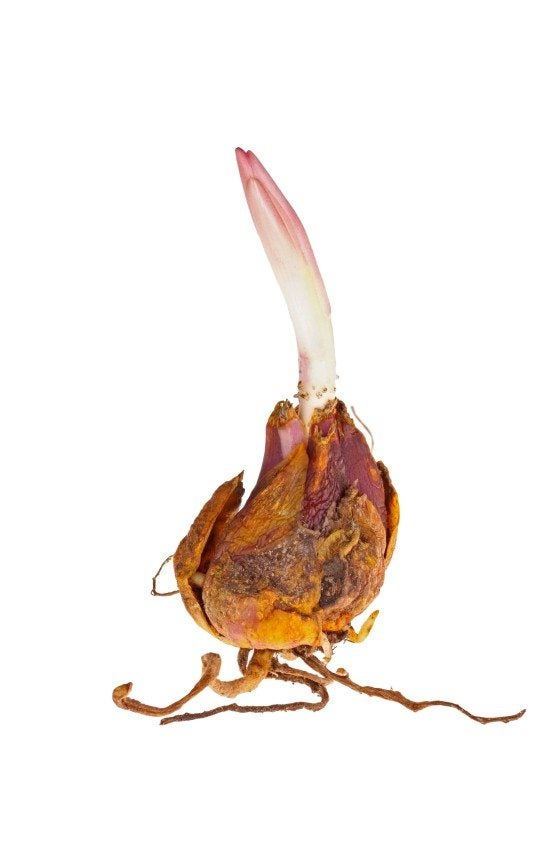Propagation Scaling Of Bulbs: What Types Of Bulbs To Use For Scaling?

You can propagate flowers by planting their seeds and bushes or by rooting sections of their stems or cutting, but what about all those spring and fall flowers that sprout from bulbs? There should be a way to produce more of these plants to fill up your garden. There is, and it's called scaling. Keep reading to learn more about how to multiply bulbs by scaling propagation.
What is Scaling?
What is scaling? Scaling plant bulbs is the process of breaking certain bulbs apart into small pieces and rooting the pieces. These pieces, called scales, will grow into full-sized bulbs within a year or two.
Propagation Scaling of Bulbs
Lily bulbs are a common type of bulb for scaling. Look for bulbs that grow in layers, almost like an onion. You can achieve propagation through the scaling of bulbs in the fall, then after a winter's sleep in the refrigerator, they will be ready for spring planting. Dig the bulbs from the ground six to eight weeks after the blooms have died. Clean the dirt from their surface with a glove, but don't get them wet. Peel the scales back from the bulb, breaking them off at the base or cutting them with a sharp, sterilized knife. Get a small piece of the basal plate, the bottom of the bulb, when you remove the scale. Replant the rest of the bulb when you have removed enough scales. Dip the cut end of each scale in anti-fungal powder and then rooting hormone powder. Mix the scales with a good amount of damp vermiculite in a plastic bag and place the bag in a warm, dark place for three months. Small bulblets will form along the basal plate. Place the scales in the refrigerator for six weeks, then begin to plant them after they start to sprout. Plant the newly sprouted bulbs in fresh potting soil, just covering the scales. Grow them indoors until they reach a normal size, then plant them in the garden in the spring.
Sign up for the Gardening Know How newsletter today and receive a free copy of our e-book "How to Grow Delicious Tomatoes".